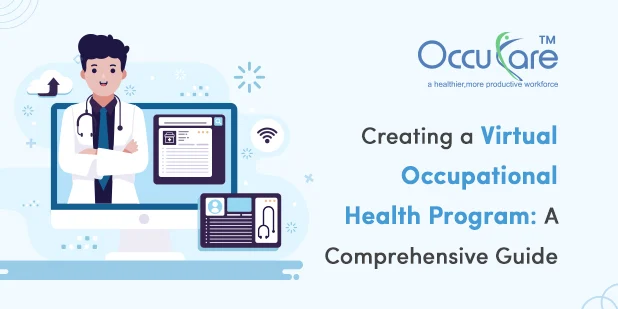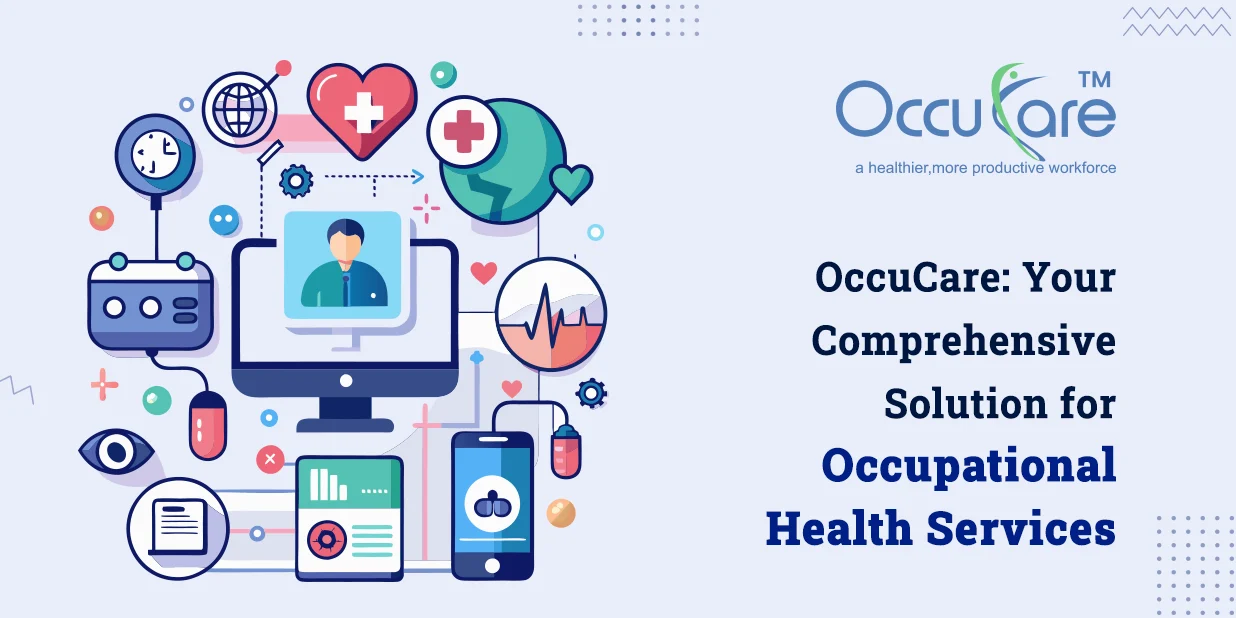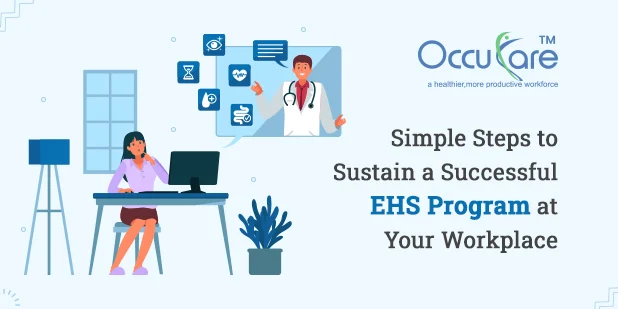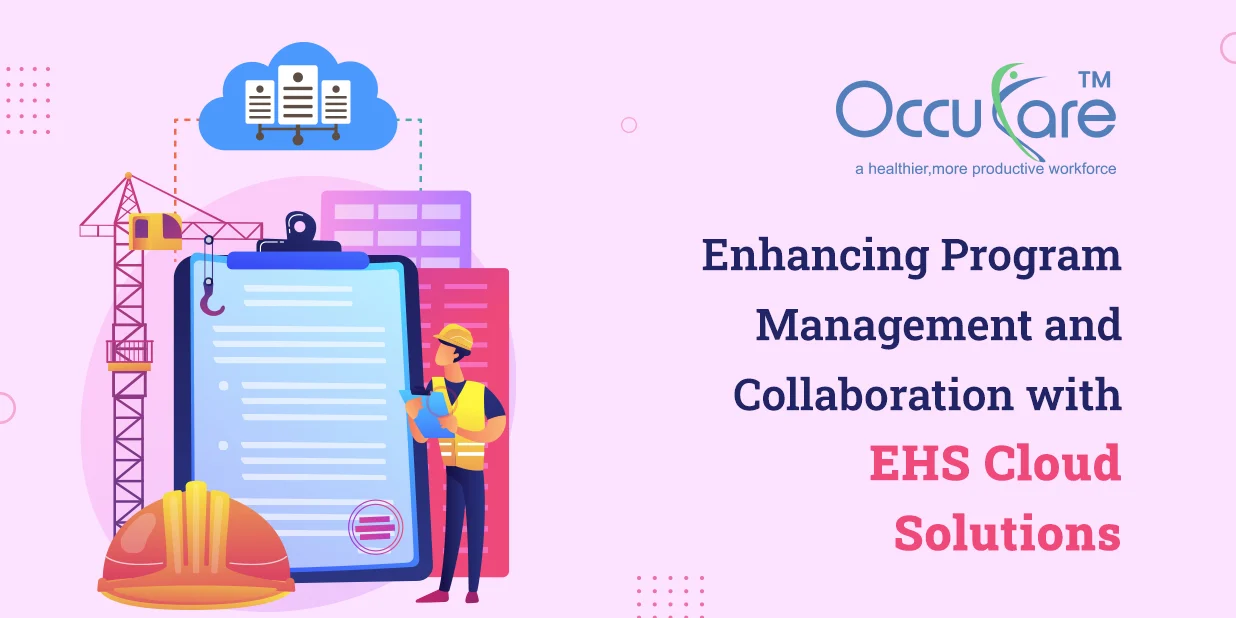As workplaces continue to shift towards remote and hybrid models, the need for a virtual occupational health program has become more pressing than ever before. Organizations must prioritize the health and safety of their employees in order to maintain productivity, reduce absenteeism and healthcare costs, and avoid regulatory compliance issues. A virtual occupational health program can help organizations achieve these goals by providing employees with convenient and accessible healthcare services, reducing administrative burdens for employers, and enhancing data collection and analysis capabilities.
OccuCare has compiled a comprehensive guide to help organizations develop and implement an effective virtual occupational health program that ensures employee well-being and regulatory compliance. The guide highlights the benefits of virtual occupational health programs and provides
a step-by-step approach to creating one, starting with assessing organizational needs and identifying key stakeholders, through to selecting appropriate technology solutions and designing effective communication and training strategies.
The Benefits of Virtual Occupational Health Programs
One of the key benefits of virtual occupational health programs is increased accessibility and convenience for employees. With a virtual program, employees can access healthcare services from any location, at any time, without the need to travel to a physical clinic. This can be particularly beneficial for employees who work remotely, have limited transportation options, or live in rural areas with limited access to healthcare services. In addition to improving access to healthcare services, virtual occupational health programs can also reduce costs and administrative burdens for employers.
By eliminating the need for physical clinics and in-person appointments, virtual programs can reduce overhead costs and increase operational efficiency. Employers can also streamline their healthcare management processes by using digital tools for scheduling appointments, tracking employee health data, and communicating with healthcare providers. Another benefit of virtual occupational health programs is the ability to collect and analyze data more effectively. By using digital tools to collect health data from employees, organizations can gain insights into employee health trends, identify potential health risks, and develop targeted interventions to improve employee health and well-being. This can also help organizations meet regulatory compliance requirements by providing comprehensive health data that can be used to demonstrate compliance with
occupational health and safety standards.
Creating a Virtual Occupational Health Program
The OccuCare guide provides a step-by-step approach to creating a virtual occupational health program, starting with assessing organizational needs and identifying key stakeholders. This includes understanding the specific healthcare needs of employees, identifying potential health risks and hazards in the workplace, and engaging with stakeholders such as healthcare providers, HR teams, and senior management. Once organizational needs have been assessed, the next step is to select appropriate technology solutions for the virtual program. This includes selecting digital tools for scheduling appointments, collecting health data, communicating with healthcare providers, and managing health information securely.
Organizations should also consider the usability and accessibility of technology solutions to ensure that employees can easily access and use these tools. Designing effective communication and training strategies is also essential for the success of a virtual occupational health program. Organizations should develop clear policies and procedures for the program, communicate these policies to employees, and provide training on the use of digital tools and healthcare services. Regular communication and engagement with employees is also important to promote the program and encourage participation.
Challenges and Strategies
One of the key challenges of implementing a virtual occupational health program is maintaining the quality of care and ensuring consistent standards across locations and providers. The OccuCare guide offers strategies for addressing these challenges, such as establishing clear policies and procedures, conducting regular audits and quality assessments, and leveraging technology to facilitate communication and collaboration.
Organizations should also ensure that healthcare providers are properly licensed and qualified to provide virtual healthcare services. This includes conducting background checks and verifying credentials to ensure that providers meet regulatory compliance requirements.
Another challenge is ensuring that employees trust and engage with the virtual occupational health program. Organizations can address this by promoting the program through regulars.








